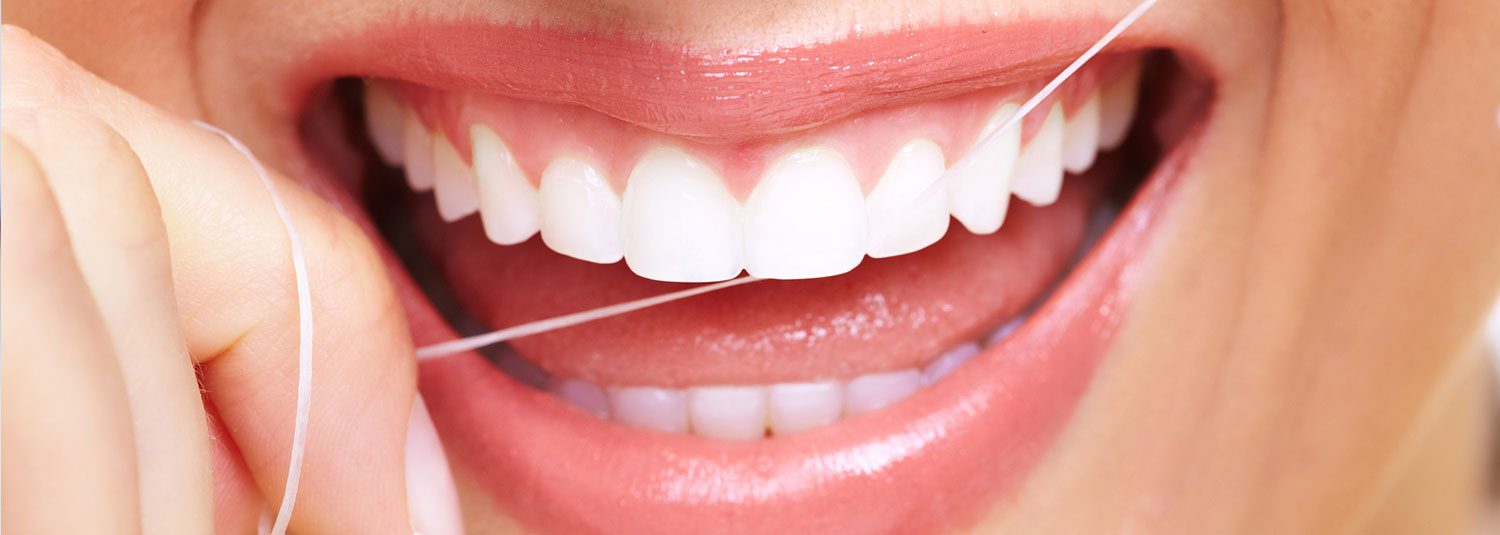The Importance of Flossing

How important is flossing and is it something you really need to bother with? After all, isn’t brushing enough? Flossing and brushing accomplish two very different objectives. In order to ensure that you maintain good oral health and protect your teeth from cavities, it is important to make sure that you brush as well as floss at least twice daily.
If flossing properly, the average person would use 122 yards of floss per year!
Floss can be constructed of different materials and is often covered with a wax or Teflon coating to make it easier to glide between your teeth. Some types of floss are also treated with antibacterial solutions to target bacteria that may be lurking under the gums. The primary goal of flossing is to remove plaque and food particles between the teeth that can often be difficult to reach with regular brushing.
There is often a litany of reason that many people give for not flossing regularly, including floss getting stuck between the teeth, causing the gums to bleed, and it being painful. Whatever reasons you might give, flossing is an oral hygiene practice that should not be skipped.
You might not realize it, but there are many types of bacterial species that actually try to hide under the gums where oxygen cannot reach them. This is precisely one of the most important benefits of flossing. By flossing, you are able to reach bacteria under the gums and actually introduce oxygen to prevent bacteria from forming a comfortable habitat.
“But Flossing Causes My Gums To Bleed!”
Many people often complain that flossing causes their gums to bleed. In actuality, bleeding gums is often an indication of a bigger problem. The more frequently you floss your teeth, the healthier and even firmer your gums will become. In addition, flossing is also a great way to help reduce bad breath. As much as 90% of chronic bad breath stems from decomposing food and bacteria in the mouth.
The Best Way To Floss
Begin by taking a length of floss that reaches from your fingers all the way to your elbow. Next, wrap the floss around your middle fingers securely, leaving about six inches of slack. Now, gently insert the floss between your teeth. Do not try to force the floss as you insert it. Instead, gently wriggle it into place. Once it is in place, wrap the floss in a C-shape around the surface of the tooth. Now, wipe the floss up and down.
One of the most common mistakes that many people make is to using a sawing back and forth motion when flossing. This should never be done. Instead, work the floss in a methodical motion, starting in one place and finishing in another place so that you are certain every space has been cleaned.
While flossing may seem like yet another task to deal with, once you become accustomed to it, flossing actually doesn’t take that much time. After you get in the habit of doing it, the process will be much easier and can ultimately provide you with healthier teeth and gums.
If you have any questions about flossing, give Hinsdale Dental a call today at: 630-323-5200.
Return to Blog